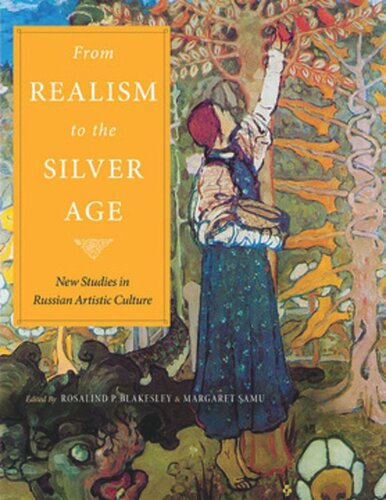

Most ebook files are in PDF format, so you can easily read them using various software such as Foxit Reader or directly on the Google Chrome browser.
Some ebook files are released by publishers in other formats such as .awz, .mobi, .epub, .fb2, etc. You may need to install specific software to read these formats on mobile/PC, such as Calibre.
Please read the tutorial at this link: https://ebookbell.com/faq
We offer FREE conversion to the popular formats you request; however, this may take some time. Therefore, right after payment, please email us, and we will try to provide the service as quickly as possible.
For some exceptional file formats or broken links (if any), please refrain from opening any disputes. Instead, email us first, and we will try to assist within a maximum of 6 hours.
EbookBell Team

4.8
74 reviewsThis volume of thirteen essays presents rigorous new research by western and Russian scholars on Russian art of the nienteenth and early-twentieth centuries. Over More than three decades after the publication of Elizabeth Valkenier's pioneering monograph, Russian Realist Art, this impressive collection showcases the latest methodology and subjects of inquiry, expanding the parameters of what has become an area of enormous intellectual and popular appeal. Major artists including Ilia Repin, Valentin Serov, and Wassily Kandinsky are considered afresh, as are the Peredvizhnik and Mir iskusstva movements and the Abramtsevo community. The book also breaks new ground to embrace subjects such as Russian graphic satire and children's book illustration, as well as stimulating aspects of patronage and display.
Collectively, the essays include a range of approaches, from close textual readings to institutional critique. They also develop major themes inspired by Valkenier's work, among them: the emergence and evolution of cultural institutions, the development of aesthetic discourse and artistic terminology, debates between the Academy of Arts and its challengers, art criticism and the Russian press, and the resonance of various forms of nationalism within the art world. These and other questions engage multiple disciplines—those of art history, Slavic Russian studies, and cultural history, among others—and promise to fuel a vibrant and ascendant field.